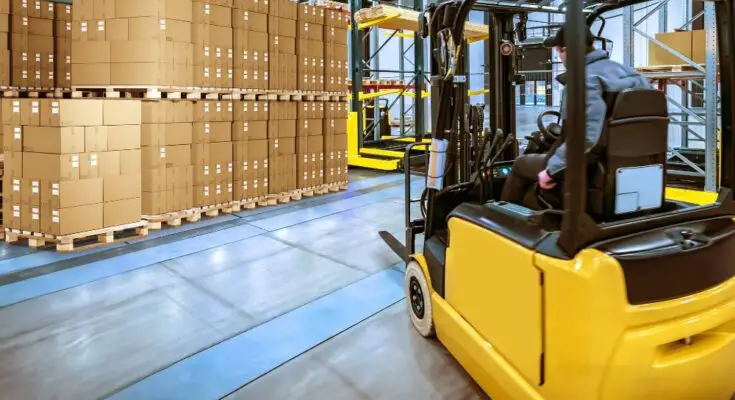Waste generation contributes to environmental pollution and depletes natural resources. In warehouses, inefficient material handling, such as overusing protective packaging, and overreliance on single-use packaging contribute significantly to waste generation. Discover practical tips for reusing materials in warehouses to enhance your business’s sustainability.
Implement a Recycling Program
Establishing a comprehensive recycling program within your warehouse reduces landfill waste and may also diminish your waste disposal fees, creating a win-win for the environment and your budget. Educate employees on the importance of recycling materials like cardboard, plastic wrap, and metal.
Follow these steps to start an effective recycling program:
- Get leadership and employee buy-in: Secure top-level support to drive employee adoption and form an empowered recycling committee to lead by example.
- Customize recycling practices: Craft a recycling initiative customized to the unique waste challenges of your warehouse. This may entail using color-coded bins for ease and efficiency and collaborating with local experts for optimal industrial recycling solutions.
- Monitor and communicate: Evaluate the recycling program’s performance through waste audits and adjust strategies as necessary. Transparently communicating successes and areas for improvement will motivate participation.
Utilize Reusable Packaging
Reusable packaging dramatically reduces environmental impact and waste compared to single-use packaging. Items such as pallets, crates, and durable containers that withstand multiple uses lower your demand for new materials and can reduce your procurement expenses.
While single-use options may appear cost-effective upfront, reusable packaging creates savings over the long term. Traditional single-use packaging often incurs hefty waste management fees, including disposal, hauling, and landfill charges, which strain your operational budget. Reusable packaging, on the other hand, minimizes waste management costs, giving your business more budgetary flexibility.
Repurpose Old Equipment
Another practical tip for reusing warehouse materials is to evaluate whether your business or a third party can repair, sell, or donate items rather than throwing them out. For example, recycling is a great way to preserve forklift batteries and protect the environment. Recycling forklift batteries involves breaking down the batteries to salvage valuable metals, which can then be reused in the manufacturing of new batteries or other products. This practice not only conserves natural resources but also significantly reduces your environmental footprint by preventing hazardous waste from ending up in landfills.
When you cannot repair or resell the item, consider donating it to a charitable organization that accepts used items, or find a recycler that can repurpose the materials into new products. Furthermore, warehouses often overlook the potential to donate surplus inventory, including textiles, electronics, and non-perishable goods, rather than relegating them to waste. These materials can find a second life in community organizations, non-profits, and schools, and your business may even receive tax benefits for the donation.
By integrating these sustainable practices into your warehouse operations, you not only contribute to environmental conservation but also unlock considerable cost savings and operational efficiencies. Implement a robust recycling program, utilize reusable packaging, and repurpose old equipment to maximize your business’s use of resources.



